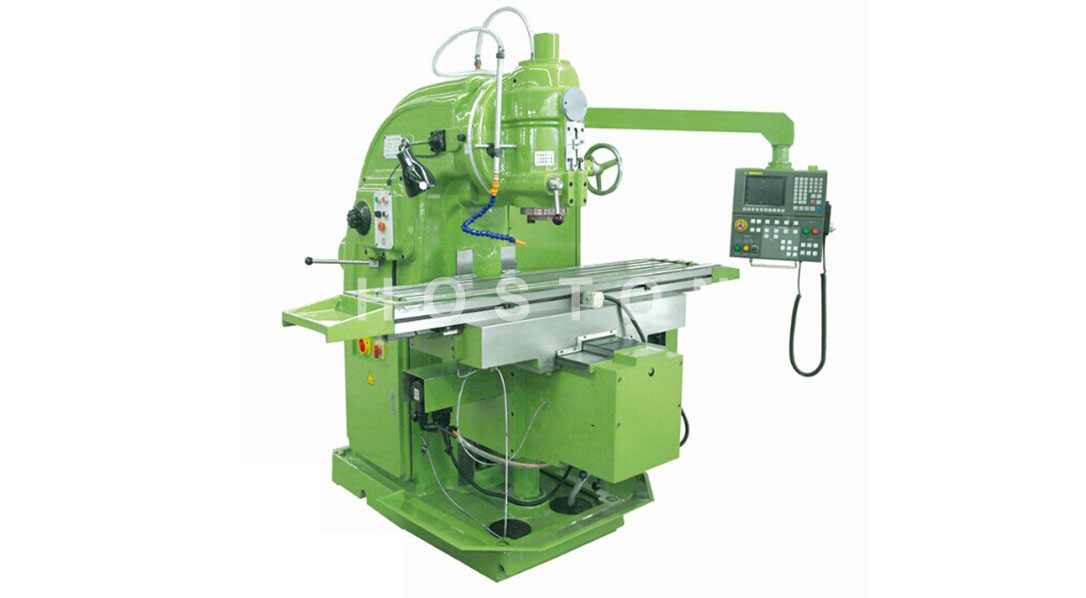Milling machines mainly refer to machine tools that use milling cutters to machine various surfaces of workpieces.

Usually, the milling cutter mainly moves in a rotary motion, and the movement of the workpiece and the milling cutter is a feed motion.
It can process planes, grooves, and various surfaces, gears, and so on.
A milling machine is a machine that mills a workpiece with a milling cutter.
In addition to milling planes, grooves, gears, threads and spline shafts, milling machines can also process more complex profiles with higher efficiency than planers and are widely used in the mechanical manufacturing and repair departments.
The milling machine is a versatile machine tool that can machine planes (horizontal, vertical), grooves (keyways, T-slots, dovetails, etc.), splitting parts (gears, spline shafts, sprockets) on the milling machine, spiral surfaces (threads, spiral grooves) and various curved surfaces.
In addition, it can also be used to process and cut the surface of the rotor and the inner hole.
When the milling machine is working, the workpiece is mounted on the workbench or the indexing head and other accessories. The milling cutter rotates as the main motion, supplemented by the feed motion of the worktable or the milling head, and the workpiece can obtain the required machining surface.
Due to the multi-edge interrupted cutting, the productivity of the milling machine is high.
Simply put, a milling machine can machine a workpiece for milling, drilling and boring.
Development path
The milling machine was originally a horizontal milling machine created by American E. Whitney in 1818.
In order to mill the spiral groove of the twist drill, American J.R. Brown created the first universal milling machine in 1862, which is the prototype of the milling machine for the lifting platform.
The portal milling machine appeared around 1884.
Semi-automatic milling machines appeared in the 1920s, and the workbench used the stops to perform automatic conversion of “feed-fast” or “fast-feed”.
After 1950, milling machines developed rapidly in control systems, and the application of digital control greatly improved the automation of milling machines.
Especially after the 1970s, the digital control system and automatic tool change system of the microprocessor were applied on the milling machine, which expanded the processing range of the milling machine and improved the machining accuracy and efficiency.
As the mechanization process intensified, CNC programming began to be widely used in machine tool operations, which greatly released the labor force.
CNC programming milling machines will gradually replace manual operations.
The requirements for employees will also be higher and higher, and of course the efficiency will be higher and higher.
Copyright © Jiangsu Hoston Machine Tools Co., Ltd. (Hongkong Hoston Group CO., LIMITED)All Rights Reserved | Sitemap Technical Support: 